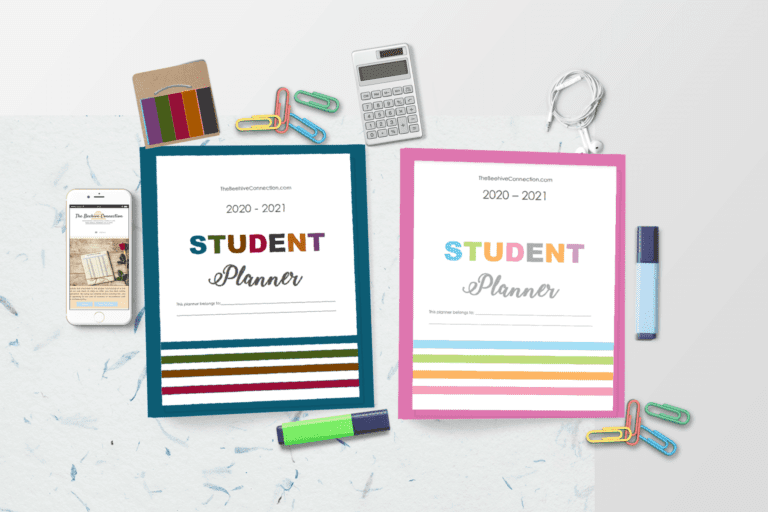35 Effective Skills for Active Listening for Kids to Master in 2025
Disclosure: This post may contain affiliate links, meaning I may get a small commission if you decide to make a purchase through my links, at no cost to you.

What Is Active Listening for Kids?
After a decade in my preschool classroom and now working with special needs young adults, I’ve seen firsthand how many kids struggle with listening. And I’m not talking about hearing problems – their ears work just fine! I’m talking about active listening, which is a whole different ball game.
So what exactly is active listening for kids? It’s when they’re not just hearing words, but actually processing and understanding what’s being said.
It’s like the difference between a ball bouncing off a wall versus a ball being caught and thrown back – one’s passive, the other’s active. And let me tell you, this skill doesn’t come naturally to most kids!
During my years teaching the little ones, I watched so many parents get frustrated when their kids seemed to ignore instructions. “In one ear and out the other,” they’d say with a sigh. But the truth is, most children haven’t been taught HOW to listen actively.
According to the National Association for the Education of Young Children, kids spend almost 70% of their school day listening, but hardly get any training in how to do it well. Crazy, right?
I remember in my classroom, we’d practice simple listening games daily. The improvement was night and day! Kids who seemed “difficult” or “defiant” were often just struggling with processing verbal information.
How Does Active Listening For Kids Work in the Brain?

Here’s something that blew my mind when I first learned it – active listening uses multiple parts of a child’s brain all at once. The listening center processes sounds, the thinking part makes sense of the words, and the emotional center decides how to feel about it. No wonder some kids get overwhelmed!
One big mistake I made early in my teaching career was expecting kids to listen the same way adults do. Nope! Young children might be wiggling, looking around, or even playing with something while listening intently. I had some of my most engaged listeners appear completely distracted to the untrained eye!
The Myth of Kids Having a Short Attention Span
And don’t get me started on the myth of short attention spans! Sure, developmental stages matter, but I’ve seen 4-year-olds concentrate for 30 minutes on something that genuinely interested them. The secret sauce? Making information relevant and engaging to THEM.
For the preschool crowd, active listening looks like making connections between words and actions. For elementary kids, it develops into asking good questions and summarizing what they heard. The cool thing is watching this skill grow over time.
As a positive discipline educator now, I always tell parents that a quiet, still child isn’t necessarily listening. Sometimes they’re just zoning out! True listening shows up in their understanding and responses, not their perfect posture.
The best part of teaching kids to actively listen? When they feel truly heard by us adults, they’re way more likely to listen to others. It’s this awesome cycle that improves everything from learning to friendships.
Different Approaches for Teaching Active Listening for Kids
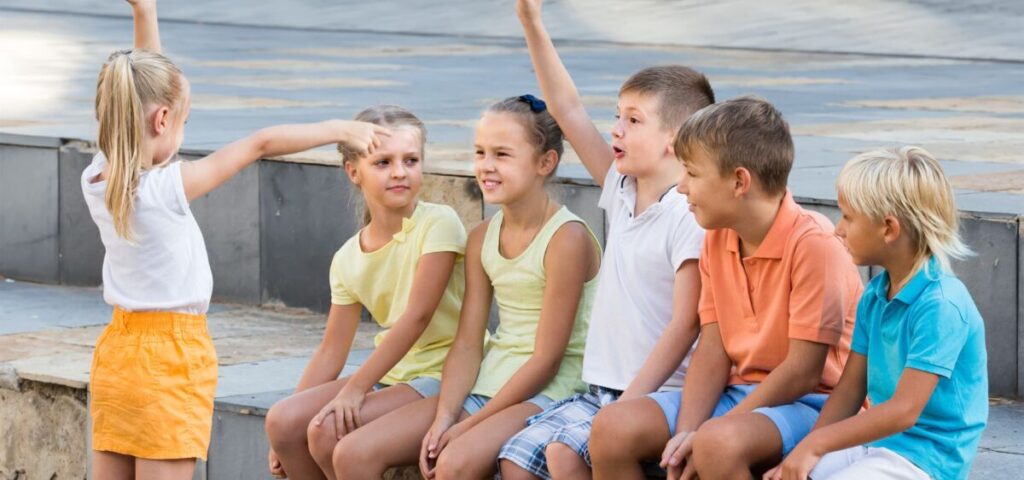
For my special needs students, we sometimes need different approaches – visual supports, movement breaks, or alternative ways to show they understand. But the goal’s the same: meaningful engagement with what they hear.
If you’re worried about your child’s listening skills, watch how they respond in different situations. Can they follow similar instructions at home versus at school?
Do they seem genuinely confused even when they want to understand? These clues can help you figure out if there’s a real listening challenge or just a need for a different approach.
Bottom line: active listening isn’t just about being quiet and making eye contact. It’s a whole-brain, whole-body skill that helps kids connect, learn, and grow. And trust me, it’s worth the effort to help them develop it!
Fundamental Active Listening Techniques for Preschoolers (Ages 3-5)

Let me tell you, working with preschoolers for a decade taught me that these little sponges can absolutely learn to listen – they just need the right approach!
When I first started teaching 3-5 year olds, I made the classic mistake of just repeating myself LOUDER when they weren’t listening. Total rookie move! What actually works is much more fun and effective.
Different Listening Games for 3-5 Year Olds
The absolute game-changer in my classroom was using what I call “listening games” that didn’t feel like work to the kiddos.
1.Sound Detective To Teach Active Listening for Kids
One of our favorites was “Sound Detective,” where we’d close our eyes and identify everyday sounds – a paper crumpling, water pouring, a zipper zipping. The kids would get so excited when they figured it out!
According to child development experts at Zero to Three, these types of games strengthen the auditory processing centers in young children’s brains, which directly supports active listening skills.
2.Visual Cues for Active Listening for Kids
Visual cues paired with verbal instructions are like magic for preschoolers! Their brains are still developing the ability to process language alone, so adding visuals gives them another way to understand.
In my classroom, we used picture cards for our daily routine, and I’d point to each card while explaining what comes next. The difference in comprehension was night and day compared to just verbal instructions.
3. Movement for Active Listening for Kids
I quickly learned that preschoolers’ bodies need to move, and fighting that is a losing battle. Instead, I incorporated movement INTO our listening practice. “Simon Says” might seem old-school, but there’s a reason it’s stood the test of time! The game “Simon Says” combines listening with physical movement in a way that’s perfect for this age group.
We’d also do “Freeze Dance” where kids had to listen carefully for when the music stopped. They thought they were just playing, but they were building critical listening skills!
4. Story Telling to Teach Active Listening in Children
Storytelling is another powerful tool for developing those listening muscles. But not just any storytelling – I’m talking about interactive tales where kids participate.
When I’d pause and ask, “What do you think happens next?” or “Can you show me how the bear might walk?”, their engagement skyrocketed. They had to listen carefully because they knew they’d be part of the story.
The American Academy of Pediatrics notes that this type of interactive storytelling improves not just listening skills but vocabulary and narrative understanding too.
5. Model Active Listening
One thing that took me years to figure out was the importance of modeling active listening myself. Preschoolers are little mirrors! When I got down at eye level, put away distractions, and showed I was truly listening to them, their listening skills improved dramatically.
I’d repeat back what they said with phrases like, “So you’re feeling sad because your block tower fell?” This showed them what good listening looks like in action.
The environment makes a huge difference too. My classroom was way too noisy at first, with too many competing sounds.
6. Create a “Listening Friendly” Space to Encourage Active Listening
Creating a “listening-friendly” space with reduced background noise and distractions helped my preschoolers focus so much better. Sometimes we’d create a special “listening spot” with a comfy cushion where one child at a time could go to really focus on a listening task.
Simple scripts can be super helpful for parents and teachers. I’d use phrases like, “Put on your listening ears!” with a playful gesture of touching my ears, or “Show me your listening body” to prompt the right posture. These consistent cues help preschoolers switch into listening mode.
7. Timing is Everything for Teaching Active Listening for Kids
I learned the hard way that timing is everything with this age group. Trying to teach listening skills when kids are hungry, tired, or overstimulated is just asking for frustration. The sweet spot is often in the morning after a healthy snack, when energy is good but not wild.
8. Celebrate Small Wins
And don’t forget to celebrate small wins! When I noticed a child making progress with listening – maybe they followed a two-step instruction without prompting – I’d make a big deal of it.
“Wow! You listened carefully and remembered both things I asked you to do!” This positive reinforcement works way better than constantly correcting poor listening.
One mistake parents often make is asking preschoolers if they understood directions. Most will nod yes even if they’re clueless!
Instead, I’d ask them to repeat back what they heard: “So what are you going to do first?” This quickly reveals whether they were actually listening or just doing the “preschool nod.”
9. Consistency is Important in Teaching Active Listening to Kids
Remember that consistency is key with this age group. Using the same listening cues and expectations at home and school creates a foundation that helps listening become second nature. The most effective techniques become part of daily life, not just formal “lessons.”
With some patience and these playful approaches, even the wiggliest preschoolers can develop amazing listening skills that will serve them well as they grow. And trust me, your future self (and their future teachers) will thank you for the effort you put in now!
Developing Active Listening Skills for Elementary Students (Ages 6-12)
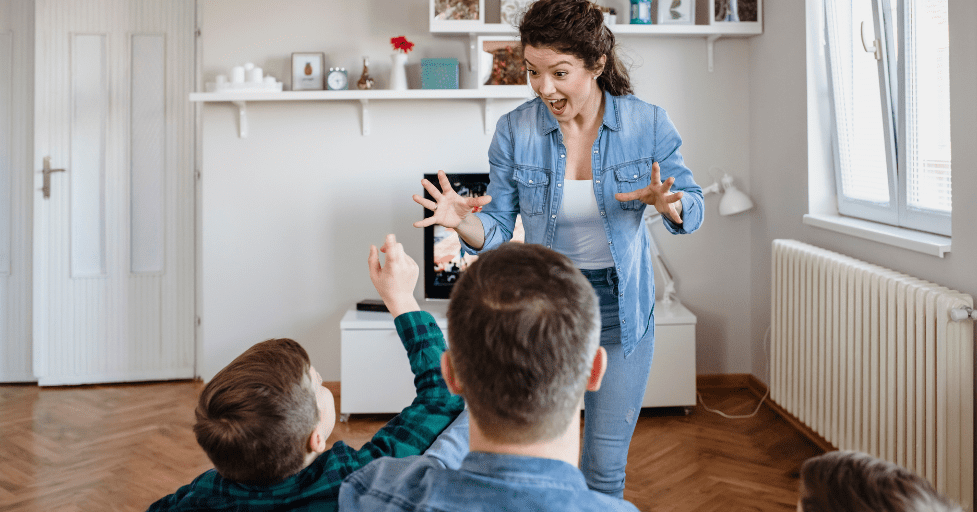
After teaching preschoolers for years, I started working with elementary students and wow – what a difference! These kids are ready for some seriously cool listening challenges, but they still need guidance.
When my own daughter hit first grade, I noticed her teacher just expected kids to listen without actually teaching them how. Big mistake!
Elementary-aged kids are at this amazing sweet spot where their brains are developing rapidly, but they’re still super moldable.
According to the American Speech-Language-Hearing Association, kids in this age range can increase their listening comprehension by up to 40% when given explicit instruction and practice. That’s huge!
9. The 5 Finger Retell
One of my favorite techniques for this age group is the “5 Finger Retell.” After listening to instructions or a story, students hold up one finger for who, another for what, then where, when, and why.
It gives them a concrete way to organize what they heard. I started using this in my classroom after noticing how many kids would say they understood directions but then couldn’t actually follow them. Total game-changer!
10. Listening Challenges
Elementary kids also respond really well to listening challenges that gradually increase in complexity. We’d start with single-step instructions like “Touch your nose,” then move to two steps like “Touch your nose, then hop twice.”
By the end of the year, some of the third graders could follow five-step instructions without a hitch! The key was building up slowly and making it fun, not frustrating.
11. Teaching Non-Verbal Cues for Active Listening
I’ve found that teaching kids to identify non-verbal cues is super important at this age too. We’d play games where I’d say something while my body language conveyed something different.
“I’m so happy today!” I’d say while frowning deeply. The kids would crack up, but they were learning that listening isn’t just about words – it’s about tone, facial expressions, and body language too.
12. Combining Home and School Routines
Homework routines can either help or hurt listening skills. One technique that worked wonders with my students was having them create a “listening corner” at home – a special spot with minimal distractions where homework instructions were reviewed.
Parents reported huge improvements when they implemented this simple idea! The American Academy of Pediatrics backs this up, noting that designated study spaces boost focus and retention by up to 30%.
13. Practicing Multi-Step Instructions in Teaching Active Listening for Kids
Multi-step instructions are the Mt. Everest of listening challenges for many elementary kids. I taught my students the “visualize and verbalize” technique where they’d close their eyes and create a mental picture of each step, then repeat the steps out loud.
This engages multiple parts of the brain and dramatically improves retention. When I started using this method, homework completion rates in my classroom jumped!
One thing I messed up at first was giving too many verbal instructions at once. Even for this age group, chunks of 3-4 related instructions work way better than a long list.
I started writing key points on the board while also saying them aloud, which helped my visual learners tremendously. Remember, some kids are ear learners, others are eye learners!
14. Note-Taking to Help With Active Listening for Kids
Note-taking starts becoming important around fourth grade, but most kids aren’t naturally good at it. So you can develop a system to help them a short cut in taking notes.
I developed a simple system using symbols – stars for important facts, question marks for confusing parts, and exclamation points for exciting info. This helped bridge the gap between just listening and actually processing information for later.
15. Peer-to-Peer Listening Activities
Peer-to-peer listening activities are gold for this age group! “Partner interviews” where kids take turns listening and then summarizing what their partner said builds both social skills and listening skills simultaneously.
The first few tries were pretty hilarious – turns out most kids are just waiting for their turn to talk rather than truly listening! But with practice, they got much better.
16. Technology for Teaching Active Listening Skill for Kids
Technology can be either a listening skill builder or destroyer – it all depends on how you use it. Short, high-quality podcasts designed for kids (like “But Why” or “Wow in the World”) followed by discussion questions helped my students develop amazing listening stamina.
We’d start with 5-minute episodes and work our way up to 20 minutes by the end of the year. It’s also a great way to teach kids to listen without seeing.
I learned that elementary kids need immediate feedback on their listening skills. When a student successfully followed complex directions, I’d specifically praise their listening: “I noticed you really focused on each step I mentioned and didn’t start until you understood everything. That’s excellent listening!” This helps them recognize what good listening feels like.
The biggest mistake I see teachers and parents make with this age group is confusing compliance with comprehension. A child might nod and say “yes” to appear cooperative without actually processing the information.
That’s why I always had kids repeat instructions in their own words before starting a task. Eye-opening how often they missed crucial details!
With consistency and these age-appropriate techniques, even easily distracted elementary students can develop rock-solid listening skills that’ll serve them through school and beyond.
Active Listening Games and Activities for Family Bonding
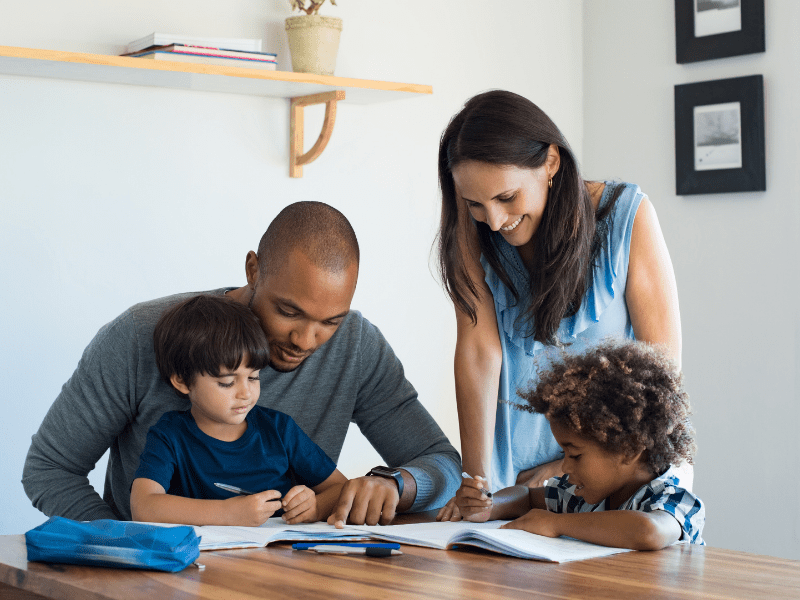
I never realized how much screen time was affecting our family connections until we started having family meetings and family time at home. Talk about an eye-opener!
As someone who’s worked with kids for years and practices positive discipline, I’ve collected quite a arsenal of listening games that bring families closer together while building crucial skills. And the best part? They’re actually FUN!
17. Story Round Robin – Active Listening Games
My absolute favorite family listening activity is what we call “Story Round Robin.” Everyone sits in a circle, and one person starts a story with just one sentence. Then it goes around the circle with each person adding another sentence.
The catch? You have to really listen to what came before or the story falls apart! I’ve seen the most amazing tales emerge from this simple exercise.
According to family therapists at the Child Mind Institute, collaborative storytelling activities strengthen both listening skills and family bonds simultaneously.
18. “Sound Spy” Games to Teach Active Listening for Kids
The classic game “I Spy” gets a listening upgrade with what I call “Sound Spy.” Instead of looking for objects, family members take turns making interesting sounds using household items, while others close their eyes and guess what’s making the noise.
Is that a paper being crumpled, keys jingling, or water being poured? Kids go absolutely nuts for this game, and it sharpens their auditory discrimination skills like nothing else.
When my siblings and I were studying music, my dad would play the sounds different instruments, and we would try to guess what it was. It was a blast and has served me well even as an adult.
19. Fortunately/Unfortunately Game for Teaching Active Listening
One of our go-to activities for road trips is “Fortunately/Unfortunately.” One person starts with a fortunate event: “Fortunately, we found a treasure map!” The next person adds an unfortunate twist: “Unfortunately, it was written in a language we couldn’t read.”
This continues back and forth. It requires careful listening to continue the same storyline, and the results are usually hilarious! We’ve had stories go on for miles of highway with everyone fully engaged instead of staring at separate screens.
20. Listening Scavenger Hunts to Practice Active Listening
For families with elementary-aged kids, I recommend “Listening Scavenger Hunts” with a twist. Instead of written clues, all the directions are given verbally, and they must be followed in the exact order given.
Start simple with younger kids: “Find something blue, then something soft, then bring both to me.” For older kids, you can make it deliciously complex: “Find something that starts with ‘B,’ then something smaller than your hand, then something that makes noise, and arrange them from largest to smallest.”
The National Association for the Education of Young Children notes that following sequential directions strengthens executive function skills crucial for academic success.
21. Two Truths and a Tale to Teach Active Listening
“Two Truths and a Tale” puts a listening-focused spin on the classic game. Each family member shares three statements about their day – two true and one false. Everyone else has to listen carefully for subtle clues to identify the falsehood.
What makes this extra special is how it encourages sharing about your day in a fun way while teaching critical listening and discernment.
We learned more about each other’s daily lives through this game than through the standard “How was your day?” question that typically gets one-word answers!
22. The Telephone Game for Teaching Active Listening
My kids absolutely love our version of “Telephone,” but with a crucial twist. Instead of whispering a single sentence, we whisper a series of three simple instructions that must then be performed in order by the last person.
Watching someone try to “hop twice, then spin around, then touch your elbow” after the message has been hilariously mangled through five people never gets old! And it shows in the most concrete way possible how easily messages can get distorted.
23. Consider “Talk Tokens” for Practicing Active Listening
For dinner table conversations, you can implement “Talk Tokens” to transform how you listen to each other. Each person gets three tokens at the start of the meal. You spend one token each time you speak, and when you’re out of tokens, you can only listen until everyone has used theirs.
This simple technique had an amazing effect on our family dynamics – suddenly the quieter family members had space to share, and the chatterboxes (myself included, if I’m being honest!) learned to choose their words more carefully.
24. Family Interview Night – Active Listening for Kids
Creating a weekly “Family Interview Night” has been transformative for so many families. Each week, one family member gets interviewed by everyone else for 10 minutes. We ask open-ended questions, and there’s just one rule – no interrupting!
The person being interviewed feels truly heard, often sharing thoughts and feelings they wouldn’t bring up otherwise. Research from the Family Institute shows that children who experience being deeply listened to at home develop stronger self-esteem and communication skills.
25. “Mirror Mirror” Active Listening Game
I messed up when I first tried to implement listening games – I made them too complicated and too serious! The magic happened when I embraced the silliness factor.
“Mirror Mirror” became a favorite when we added funny faces and movements. One person speaks while doing actions, and their partner must simultaneously mirror their movements while listening closely enough to summarize what was said afterward. The combination of physical mirroring and attentive listening creates a powerful connection.
26. Whisper Stories for Practicing Active Listening for Kids
For bedtime bonding, nothing beats what we call “Whisper Stories.” I would start a whispered story with my child, and when I pause and tap their shoulder, they continue it in a whisper.
We go back and forth, keeping our voices soft and our ears attentive. It naturally winds down activity levels while creating intimate, imaginative moments before sleep. It doesn’t have to be a story, it could be just a simple quiet conversation.
The beautiful thing about these games is how they transform listening from a chore (“Listen to me!”) into a joyful family experience. When practiced regularly, they create a home culture where people feel truly heard and valued.
And honestly, in our noisy, distracted world, that might be one of the greatest gifts we can give our children and ourselves.
Addressing Listening Challenges in Children with Special Needs

After shifting from preschool teaching to working with special needs young adults, I’ve learned so much about the unique listening challenges many kids face. Let me tell you – there’s nothing “one-size-fits-all” about teaching listening skills when different brains process information in different ways!
When I first started working with children with special needs, I made the classic mistake of assuming that listening difficulties meant the child wasn’t trying hard enough. Boy, was I wrong!
For many kids with processing differences, traditional listening expectations can be like asking someone to read a book in a language they barely understand.
According to the American Speech-Language-Hearing Association, up to 70% of children with developmental differences experience some form of auditory processing challenge that impacts how they receive and interpret verbal information.
For kids with ADHD, sitting still AND listening often feels impossible – because it literally is for their brains! I’ve found that allowing movement actually improves listening for these children.
27. Listening Fidget for Kids With Special Needs
One simple technique that works wonders is the “listening fidget” – a small, quiet object to manipulate while important information is being shared. When I started implementing this in my groups, comprehension skyrocketed while behavior issues plummeted. It was like night and day!
Children on the autism spectrum often process auditory information differently. I work with several young adults who struggle with filtering background noise, making crowded or noisy environments listening nightmares.
28. Low Sensory Listening Zones for Help With Active Listening
Creating a “low sensory listening zone” with minimal visual and auditory distractions can be game-changing for them. Simple modifications like carpeted areas, sound-dampening panels, or even just a quiet corner with noise-canceling headphones available can make listening possible where it wasn’t before.
29. Visual Supports for Teaching Active Listening
Visual supports paired with verbal information are absolute gold for many kids with special needs! I’ve watched children who seemed completely unable to follow verbal directions suddenly succeed when the same information was presented with pictures, visual schedules, or written cues.
The Center for Autism Research reports that visual supports can increase direction-following success by up to 80% for children with processing challenges.
30. Increasing Think Time for Teaching Active Listening
I learned the hard way that processing time differs dramatically between children. Some kids need 5-10 seconds to process what they’ve heard before they can respond or act on it.
When I started building in “think time” after giving directions instead of expecting immediate responses, many of my students who appeared to have severe listening problems suddenly showed they understood perfectly – they just needed that processing buffer!
Collaborating with speech therapists and occupational therapists has been eye-opening. These specialists have amazing insights into the specific listening barriers each child faces and can recommend targeted approaches.
31. Heavy Work in Teaching Active Listening
One OT taught me about “heavy work” activities (like wall pushes or chair lifting) before listening tasks to help regulate sensory systems. It sounds counterintuitive, but it works like magic for many kids with sensory processing differences!
32. Breaking Direction Down in Small Chunks
For some children with processing challenges, breaking down listening tasks into smaller chunks is essential. I used to give three-step directions and wonder why kids would only complete the first step.
Now I know to give one piece of information, wait for completion, then provide the next step. It’s slower initially but builds success and confidence that leads to better listening over time.
33. Using Interest for Active Listening
I’ve found that building on special interests can supercharge listening motivation for many children with developmental differences. When information relates to dinosaurs, trains, or whatever topic lights up a child’s brain, their listening stamina can suddenly triple!
The developmental pediatricians at Boston Children’s Hospital confirm this approach, noting that interest-based learning activates reward centers in the brain that enhance focus and retention.
34. Speaking Slowly in Developing Active Listening
One common mistake I see is adults speaking too quickly or with too much emotional intensity to children with processing challenges.
I had to completely retrain my speech patterns – slowing down, using slightly fewer words, and maintaining a calm, even tone. This simple adjustment made my communication accessible to so many more children.
35. Quick Wins in Teaching Active Listening
The emotional component of listening challenges often gets overlooked. Many kids with special needs have experienced so much failure around listening that they develop anxiety about it, creating a negative cycle.
Building in guaranteed success with “can’t miss” listening wins rebuilds confidence. Starting with instructions you know a child can follow, then gradually increasing complexity while maintaining that success, breaks the cycle of listening defeat.
For parents navigating these waters, please know that supporting a child with listening differences is a marathon, not a sprint.
Small, consistent adjustments to communication approaches will yield bigger results than intensive “listening boot camps” that overwhelm sensitive systems. Celebrate mini-victories along the way – that moment when your child followed a two-step instruction without prompting is absolutely worth recognizing!
With patience, creativity, and the right supports, children with special needs can develop impressive listening skills that work for their unique brain wiring.
The approach might look different than with typically developing kids, but the connection and understanding that comes from successful communication is just as meaningful – maybe even more so because of the journey it took to get there.
Conclusion
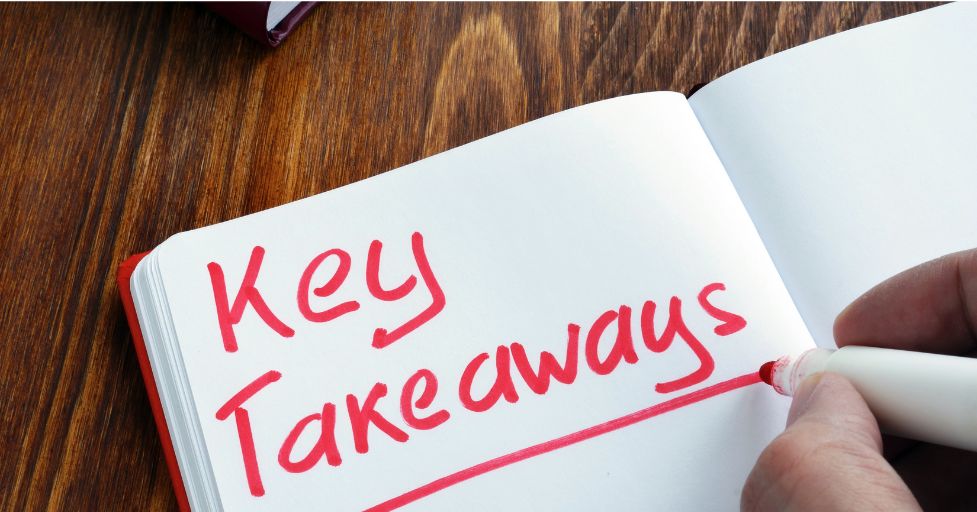
Developing active listening skills for kids isn’t just about getting them to pay attention—it’s about giving them a foundation for lifelong learning, emotional intelligence, and meaningful relationships.
By implementing the age-appropriate techniques, games, and strategies we’ve explored, you’re equipping your child with a superpower that will serve them in every aspect of life.
Remember that consistent practice and your own modeling of good listening habits are the most powerful teachers. Start small, celebrate progress, and watch as your child transforms into an engaged, empathetic listener who truly connects with the world around them.
Ready to begin this listening journey with your child? Choose just one activity from this guide to try today—sometimes the smallest steps lead to the most remarkable transformations!
GET FREE ACCESS TO OUR LIBRARY OF FREE PRINTABLES AND RESOURCES!
Enter Your Name and Email for FREE Access to our Library of FREE Home and Family Printables Series!

